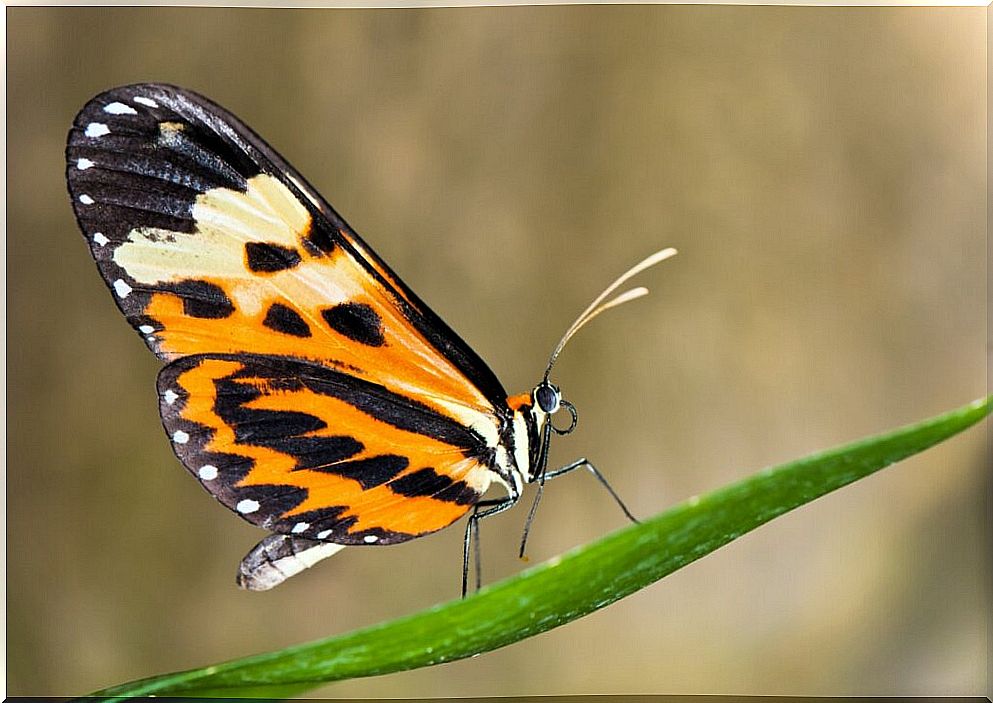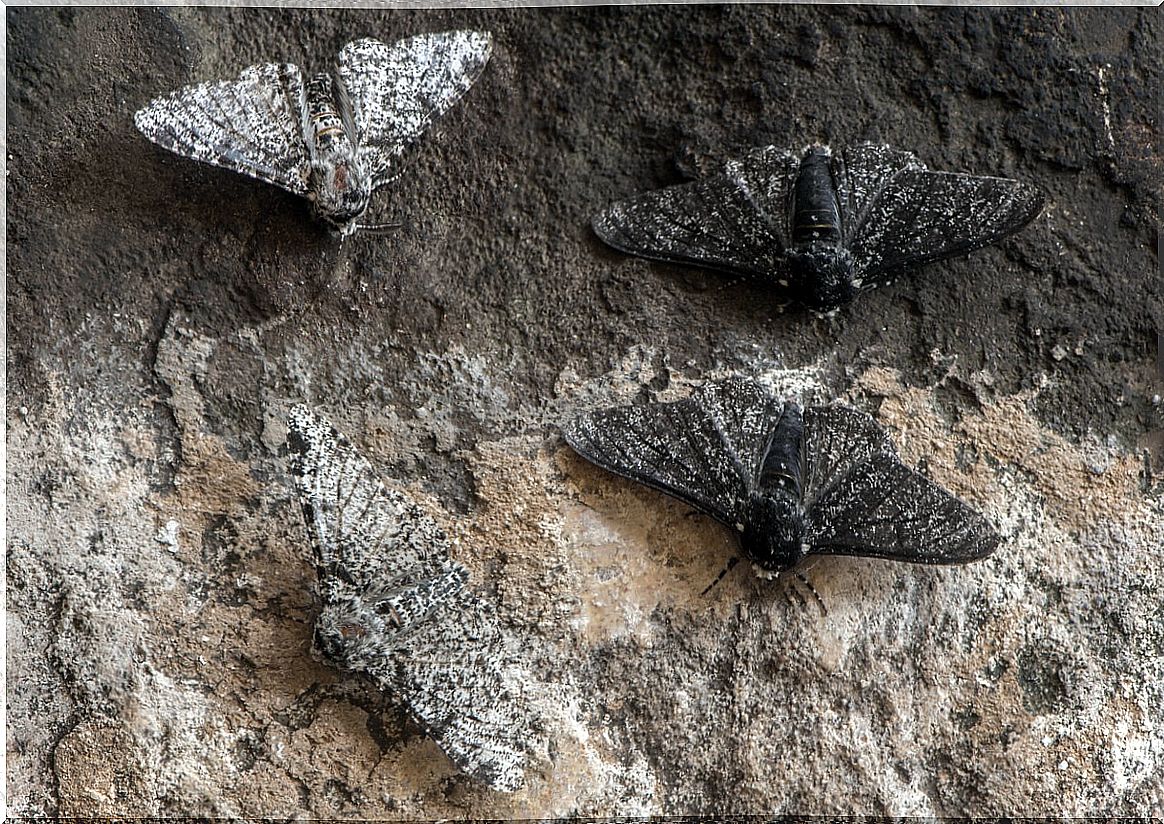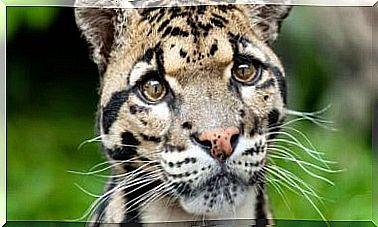Can Butterflies Change The Color Of Their Wings?

Life in the wild is a tireless struggle for survival for all the species that make up an ecosystem. That’s why some of them, especially insects, have developed amazing techniques to avoid predators, such as changing the color of the wings, as happens in some butterflies.
Until recently, the color variation of these animals was a mystery that humans had not been able to unravel. Recently, some interesting discoveries have been made that explain the plasticity of the wings of some moths.
Can butterflies change the color of their wings?
Let’s first answer this question: surprisingly yes. It is not something that is observed with the naked eye, so it is difficult to think that a simple being such as an invertebrate can change color.
The function of this ability is, as might be expected, to deceive predators. Experts who wanted to investigate this phenomenon focused on the Heliconius Numata species , which changes the color of its wings to mimic other species, such as the monarch butterfly, which is ignored by birds.
This ability is known as Müllerian mimicry, in which several species with predator-repelling characteristics, such as bright colors or venom, modify their appearance to resemble each other. In this way, predators only need to know one type of signal.

How do butterflies change the color of their wings?
To find out how this mimicry works, the researchers identified and sequenced the chromosomal region responsible for Heliconius numata’s wing patterns . There they were able to observe that the variation pattern is controlled by several genes, the combination of which favors mimicry and, at the same time, prevents combinations that produce non-mimetic patterns.
The study also found that 3 versions of the same chromosome coexist in this species’ DNA, and each version controls the wing pattern in different ways. What does this mean? Well, the genome allows butterflies to be born that seem completely different from each other, despite having the same genetic load.
Mimicry in altered environments
The species Heliconius Numata is not the only butterfly that changes the color of the wings to improve their chances of survival. Furthermore, this technique is not only based on interacting with predators, but also with the environment.
A clear example of this was the emergence of black-winged moths during the industrial revolution in England in the 19th century. A 2011 University of Liverpool study revealed that the birch butterfly ( Biston betularia) changed the color of its wings to camouflage on tree trunks covered in industry soot.
This study laid one of the foundations of the demonstration that human interference in the environment affects the entire ecosystem. These butterflies, when they finally landed on soot-free birch trees, were clearly visible to predators, resulting in a decline in population.

Conclusions: conservation of butterflies today
Butterflies, like many other insects, are essential for maintaining the balance of the environment. Their function is vital as pollinators and they serve as food for other species. These tasks would suffice to demonstrate that it is essential to fight for their conservation.
Pollution and climate change are the factors that have most affected butterfly populations. Many countries have already started their conservation programs for these moths, including the species census to find out which ones may be in danger of extinction.
The environmental and social education of the new generations is the key to ensuring that these colorful moths do not become a memory.









